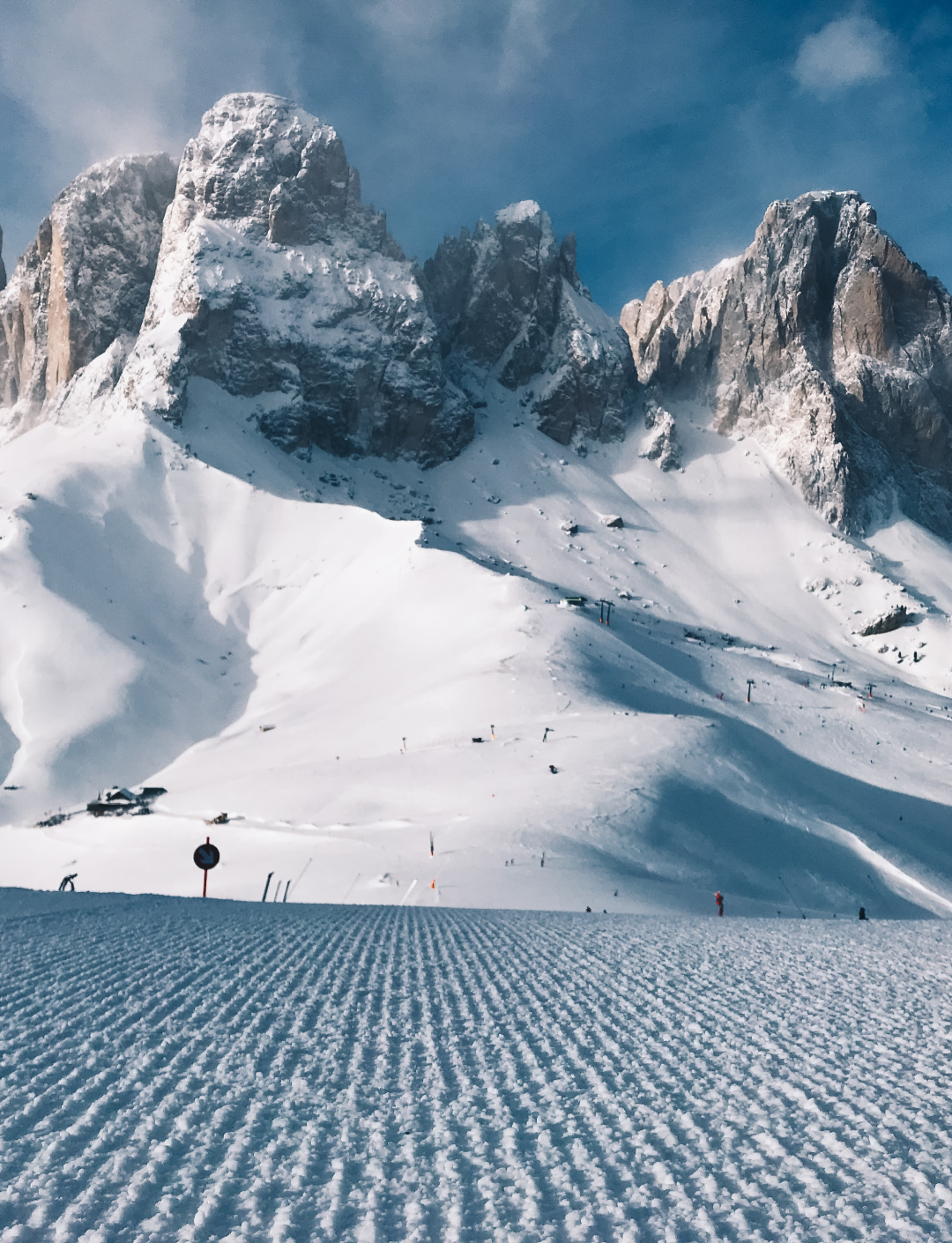With all of the information out there on the internet, and especially if your talkative friends aren't highly knowledgable about the sport but like to rattle off advice, it's easy to develop some misconceptions about skiing. If you're a beginner who wants to get into skiing, knowledge is power. Knowing what you should feel like and what to expect at ski resorts is key to a pleasant experience on the mountain. Fear can keep a lot of people from learning how to ski and also prevent them from pushing themselves or developing advanced skills. We're here to clear the air and let you in on some of the leading myths circulating around the skiing world.

Your Ski Boots Should Hurt
This is a common myth you're likely to encounter early on in the sport when you first start fitting into your rental equipment. While
ski boots aren't going to feel like a comfy pair of slippers, there should be absolutely no pain associated with wearing them. Pain, numbness, and tingling sensations are all signs of an ill-fitting boot. How do you know if your boot fits properly? When your boot is on and buckled up, your toes should touch the front of the boot but shouldn't be painful or smashed. When you lean forward in a bent position, your toes should come away from the boot. If there's pain in your shins or a loss of circulation in your ankles, you've likely buckled your boots too tightly and loosening them a few notches should alleviate the problem.
Trail Ratings Always Tell the Difficulty of a Run
Trail ratings were developed for a reason — to help you determine of the difficulty of the run you're about to go down. But they need to be taken with a grain of salt. There are a lot of factors that come into play when considering run difficulties, including the relative ski area and snow conditions. A black diamond run at a small resort in West Virginia is likely to be much different than the black run on a back bowl in the Canadian Rockies. If you read the fine print on trail maps, it clearly states that run difficulties pertain to that particular ski area. To get a feel for the individual ratings of a ski area, start on a beginner run and work your way up to the more advanced runs so that you don't get in over your head. Also, take into consideration the snow conditions. A few inches of powder snow can make a black run much more forgiving than a slick, iced over blue run.
Thicker Socks Mean Warmer Feet
This is a classic amateur misconception. When you're skiing, your feet are likely to sweat due to the exertion of the exercise. Sweat wicking material — like merino wool, for example — makes for the ideal ski sock. And wool doesn't need to be that thick to keep you warm — it's an extremely good insulator, even when wet, and a small layer goes a long way. Thin, breathable wool socks are the best choice for skiing. Another problem with thick socks? They can often make your boots fit tighter, resulting in pain or a reduction in circulation. Your boots are designed to keep your feet warm while your socks serve as the buffer between your skin and the liner. Check out
UtahSkis' collection of ski socks. Got cold feet? Consider heated boots as opposed to thicker socks.

You Don't Need to Wear Sunscreen
When you think about applying sunscreen, you're likely to visualize lounging on the beach. But just because the weather is cold and you're in the mountains doesn't mean you don't have to worry about your skin. In fact, the opposite is true. You're more likely to get burned on a sunny day on the mountain due to the reflection of the sun off the snow. When you're at altitude, there is also less protection from the atmosphere. Unless you plan on completely covering your face with goggles, a helmet, and a buff all day long — apply a liberal layer of sunscreen and repeat every few hours. Think you're covering your face enough just by pulling on a pair of goggles? Google some images of wicked ski goggle tans. It's better to be safe than sorry — toss a small bottle of sunscreen into your ski bag.
Good Skiers Use a Wide Stance
It can be deceiving watching a good skier — it might appear they have a wide stance because the drastic shift of their body might simulate their legs being far apart. In reality, the best skiers are utilizing a narrow stance. A narrower stance helps a skier maintain weight on the downhill ski, allowing for the lower body to execute the correct body angles for superior downhill performance. This narrower stance helps you turn faster and more efficiently. To achieve this, slightly lift the inside ski while turning to shift your weight to the downhill ski and at the same time keep your legs together. Practice makes perfect — start on the beginner slopes before you take this technique to the back bowls.






